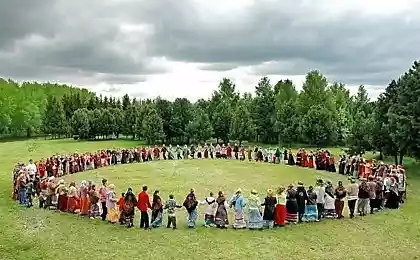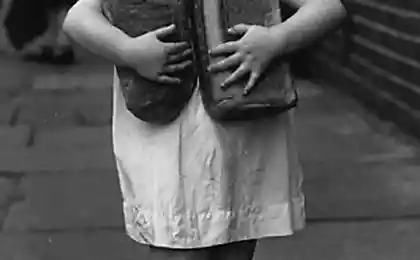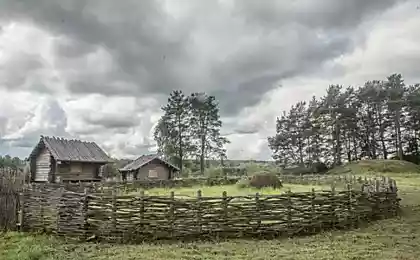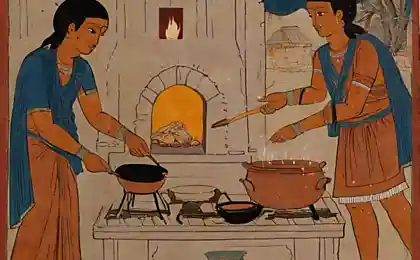346
History Daily: How do our ancestors sting?
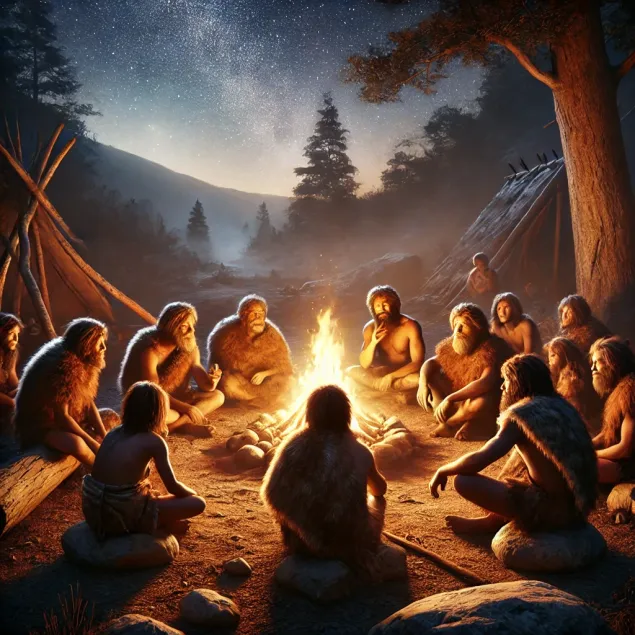
Introduction. When we talk about the past, our imaginations usually depict great rulers, monumental architecture, and major battles. However, behind the pages of textbooks and big names, the world of everyday affairs always hides: cooking, establishing a household, raising children, observing rituals. It is in the details of everyday life that the true features of culture, values and mentality of different eras are reflected. Today’s comfortable chair, affordable food in the supermarket or eating at the family table are the result of a long historical journey. In this article, we will conduct an in-depth review of how people lived in different periods, what they ate, how they worked and what customs they observed in everyday life. Such a view helps to understand how multifaceted human civilization develops and how closely our modern conveniences are connected with traditions that arose over centuries.
Early Ages: Hunters and Gatherers
If we talk about the origins of human everyday life, then first of all it is worth mentioning the life of the tribes of the Paleolithic and Mesolithic eras. The main task for survival then was to obtain food and protect against natural threats. According to National Geographic, hunter-gatherers spent their days in constant movement, following herds of animals and seasonal plants. Their dwellings were either simple huts or caves equipped with primitive tools.
- Food: The diet included wild animal meat, fish, berries, nuts and roots.
- Classes: Making stone tools, weaving baskets, preserving fire.
- Customs: Primitive rituals are probably associated with belief in spirits and attempts to attract good luck in hunting.
The Neolithic Revolution: From Gathering to Agriculture
The main historical milestone that influenced the way of everyday life is the transition from nomadic strategies to sedentary ones. Scientists often refer to this process as the “Neolithic Revolution.” It was due to the fact that people learned to cultivate the land, domesticate animals and grow new crops.
1. Sedentary lifestyle
Farming and cattle breeding allowed for more stable food supplies. Now people could build permanent settlements and perfect crafts. Pottery production, weaving and metallurgy began to develop at this stage.
2. Formation of social structures
With the growth of settlements, a more complex organization of society began to take shape - elders, craftsmen, traders, and the exchange of products between communities laid the foundation for trade. This created a balance of interdependence in which each group of people was responsible for a specific activity, whether it was grain processing or tool making.
3. Development of rites and traditions
In different regions there was the formation of cult practices: worship of natural deities, holding festivals in honor of harvest or fertility. It was in such cult activities that many traditions were born, which later became the basis for the religious rites of ancient civilizations.
Ancient civilizations: luxury and simplicity
With the rise of large state entities such as Ancient Egypt, Mesopotamia, India, and China, people’s daily lives were divided into “layers.” If the nobility could afford luxurious feasts, expensive fabrics and complex rituals, then the ordinary farmer continued to live quite modestly, taking care of the field and livestock.
- Food: The basis of the diet was cereals, legumes, fish and vegetables. In Egypt bread was of great importance, in China rice.
- Work: agriculture, crafts, construction of grandiose structures (pyramids, canals).
- Customs: Ancestor worship, public holidays, strict social customs (e.g. caste system in India).
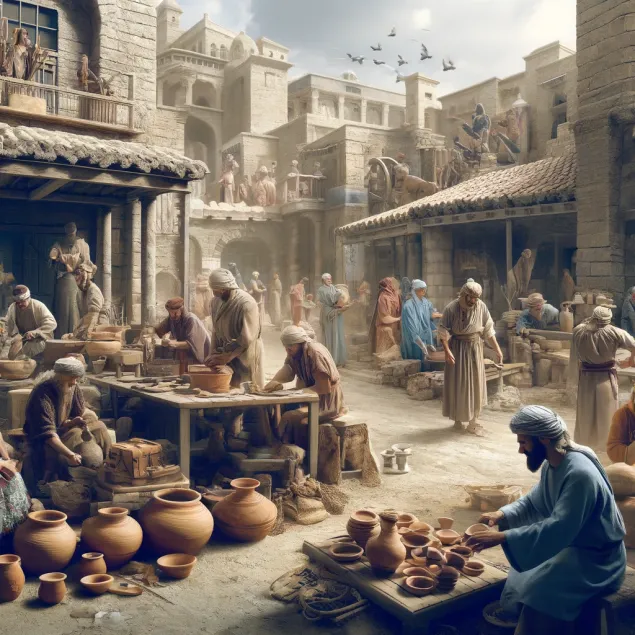
Middle Ages: Life in Cities and Castles
Medieval Europe was associated with knights and castles, but the ordinary life of townspeople and peasants continued to flow. In large cities there were workshops of artisans: tanners, blacksmiths, bakers; workshops regulated quality and prices, and the craft was inherited. At the same time, peasants gave part of the harvest to feudal lords and led a simple life.
1. Dietary intake
The basis of the medieval table was porridge and bread, supplemented with vegetables and meat (mainly on holidays). Wealthy families, of course, could afford exotic spices imported from the East, such as cinnamon or pepper. But for ordinary people, such delights were a luxury.
2. Customs and traditions
Religious holidays played a significant role in life. Most Sundays and church celebrations were accompanied by worship services and fairs where peasants and townspeople could buy or sell produce. The seasonal cycle (sowing, harvesting) was also marked by rites and folk festivals.
3. Hygiene and living conditions
The Middle Ages were not famous for the most developed sanitation: in cities, garbage was thrown directly onto the street, which led to epidemics. However, in the castles of the nobility there were baths, and the noble inhabitants of Europe adopted some habits from the Arabs, who actively used steam baths and aromatic oils.
New Time: Industrial Revolution and Changes in Life
With the development of industry and technology in the modern period - especially in the XVIII-XIX centuries - there were tremendous changes. Manufactures began to develop actively, and then large factories. The urban population grew, new social classes emerged: the bourgeoisie and the workers.
- Food: Potatoes, corn, products imported from America became fashionable. Many peasant dishes changed under the influence of the cuisines of the “overseas” territories.
- Working conditions: Working hours in factories were long and arduous, and people often worked 12-14 hours, including women and children.
- Housing: Simple workers were usually allocated small rooms or apartment buildings without basic amenities.
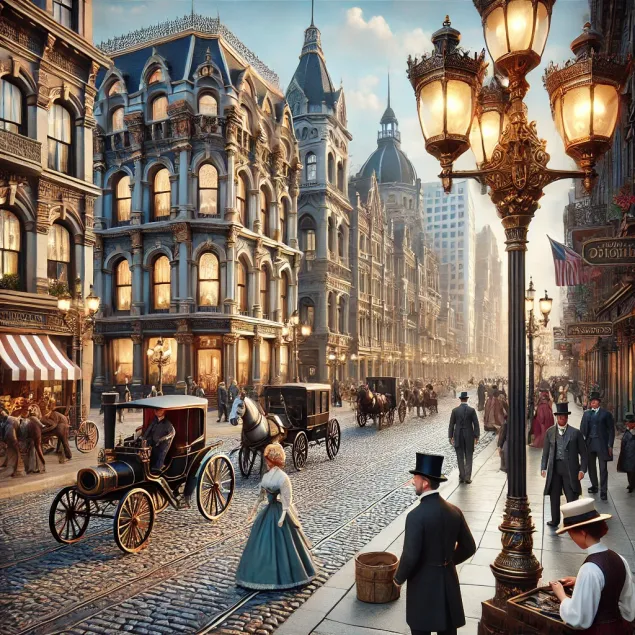
XX century: standards of comfort and mass culture
In the XX century, several factors appeared that radically influenced everyday life: the rapid development of technology, globalization and the growth of popular culture. Facilitation of household processes came with the invention of household appliances - washing machines, vacuum cleaners, refrigerators. Changes also affected nutrition: thanks to canning and the spread of refrigeration units, people were able to save food longer and diversify the diet.
1. Urbanization and housing
Cities grew rapidly, and people from rural areas sought employment there, taking advantage of the industrial and service sectors. Mass construction of standard housing (Khrushchev, panel houses) was aimed at giving everyone a “separate apartment” with a minimum of amenities.
2. Popular culture and media
With the advent of radio, television, and then the Internet, humanity entered a new era of the information environment. Now news and entertainment are available to everyone, at any time. TV shows and advertising began to shape people’s lifestyles, telling what and how to “should” be in a modern home.
3. Customs and traditions in a new light
Despite global changes, many traditions continue to live, undergoing transformation. Festive feasts, New Year’s Eve rituals or christenings in families store elements of ancient rituals – albeit adapted to the modern context.
Why it is important to know the history of everyday life
The study of past epochs teaches us that familiar things are the result of a long historical process based on the patient labor of many generations. Awareness of this expands our horizons and helps us to take more care of culture and resources. In addition, the comparison of life of different eras and regions helps to understand that our whole “world of comfort” is a fairly recent phenomenon on the scale of history.
- It helps to better evaluate modern technologies.
- It gives an understanding of how culture and traditions were formed.
- Human needs for safety, food and communication remain unchanged, but the ways to meet them are constantly evolving.
546740
Conclusion
Everyday life is the foundation upon which all the cultural, political and technological achievements of civilization grow. From a simple fire in a cave to a microwave oven and the Internet, thousands of years of invention, exploration of new territories, intercultural exchanges and social transformation have passed. It is important to understand this continuous process in order to appreciate the achievements of the past and pay attention to the future. Looking at ancient objects of everyday life or reading about ancient rituals, we see not just exotic, but also a long chain of events, in which the habits, ways of communication and forms of management that have come down to us were born. Such a “living” story helps to better understand not only the path of our ancestors, but also our own role in the continuous evolution of everyday life.
The history of everyday life reminds us that even small details, whether it is the way food is stored or the ceremonies at a wedding, are part of a common heritage that unites us with people who lived centuries ago. Understanding this heritage can make our lives richer, more conscious and connect the past, present and future, allowing each of us to feel like a link in the vast chain of human development.
What happens to our brains when we learn new things?
Secrets of Overcoming Procrastination: A Scientific View and Practical Advice



